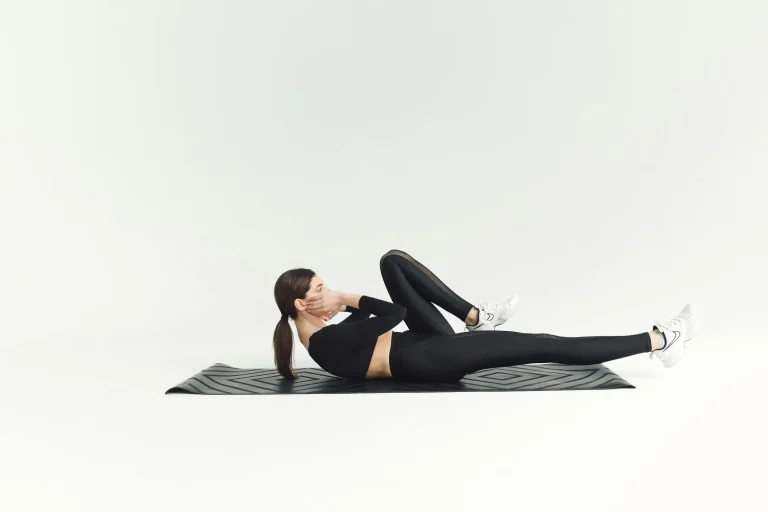Stretching has long been a staple of fitness routines. From warm-ups to cooldowns, it’s often seen as the key to injury prevention, improved performance, and better posture. But recent research suggests that many of the claims surrounding stretching are outdated or just plain wrong. So what does science actually say about flexibility?
This article breaks down the most common myths, explores what’s really happening in your body when you stretch, and offers evidence based tips to help you move better and recover smarter.
Myth 1: Stretching Makes Your Muscles Longer
It’s a common belief that stretching physically lengthens your muscles. But muscles don’t stretch like elastic bands. What actually changes is your nervous system’s tolerance to the sensation of stretching.
According to a 2025 meta-analysis of 65 studies, long-term flexibility gains are primarily due to neuromechanical adaptations not structural changes in the muscle itself. In other words, your body becomes more comfortable with the stretch over time, allowing you to move further without discomfort.
Short-term stretching may reduce muscle stiffness temporarily, but it doesn’t “elongate” the muscle in a permanent way.Your Weekly Wellness Boost
Myth 2: You Should Always Stretch Before a Workout
Static stretching before exercise has been a go-to ritual for decades. But research shows it may not be the best way to prepare your body for movement especially if performance is your goal.
Static stretches held for long durations can temporarily reduce muscle strength and power output. That’s why dynamic stretching controlled movements that mimic the activity you’re about to do is now recommended for warm-ups.
Save static stretching for after your workout or on recovery days. It’s better suited for improving range of motion and calming the nervous system.
Myth 3: Stretching Prevents Injury
This one’s tricky. While stretching can improve flexibility and joint mobility, it doesn’t guarantee injury prevention. In fact, studies have found that stretching alone doesn’t significantly reduce the risk of common injuries.
Injury prevention is more closely linked to:
- Strength training
- Proper movement mechanics
- Adequate recovery
- Load management
That said, stretching can still play a role in a well-rounded recovery routine especially when combined with mobility work, foam rolling, and active rest.
Myth 4: More Flexibility Is Always Better
Flexibility is important but more isn’t always better. Excessive flexibility without strength and control can actually increase the risk of joint instability and injury.
Functional flexibility is the goal: the ability to move through a full range of motion with control and strength. This is especially important for athletes, dancers, and anyone performing dynamic movements.
Strength training through full ranges of motion can improve flexibility just as effectively as stretching and often with better long-term results.
Myth 5: Stretching Fixes Poor Posture
Poor posture is often blamed on tight muscles, and stretching is seen as the fix. But posture is influenced by a complex mix of habits, muscle imbalances, and movement patterns. Stretching alone won’t correct it.
Improving posture requires:
- Strengthening weak muscles (e.g., glutes, core, upper back)
- Releasing overactive muscles (e.g., hip flexors, chest)
- Practicing better movement and alignment throughout the day
Stretching can help relieve tension, but it’s just one piece of the puzzle.
Editorial Sources
Real Fit Wellness is committed to providing accurate, trustworthy content sourced from peer-reviewed research, board-certified medical experts, patient insights, and leading health organizations. Our editorial standards prioritize clarity, credibility, and relevance.
Sources
Jenni Rawlings Yoga & Movement Blog – How Stretching Really Improves Flexibility: What Science Says About Muscles and Stretch Tolerance
https://jennirawlings.com/blog/how-does-stretching-improve-flexibility
A Healthy Living – The Science Behind Stretching and Flexibility
https://www.ahealthyliving.com/science/the-science-behind-stretching-and-flexibility
PainScience – Quite a Stretch: Stretching Hype Debunked
https://www.painscience.com/articles/stretching.php






